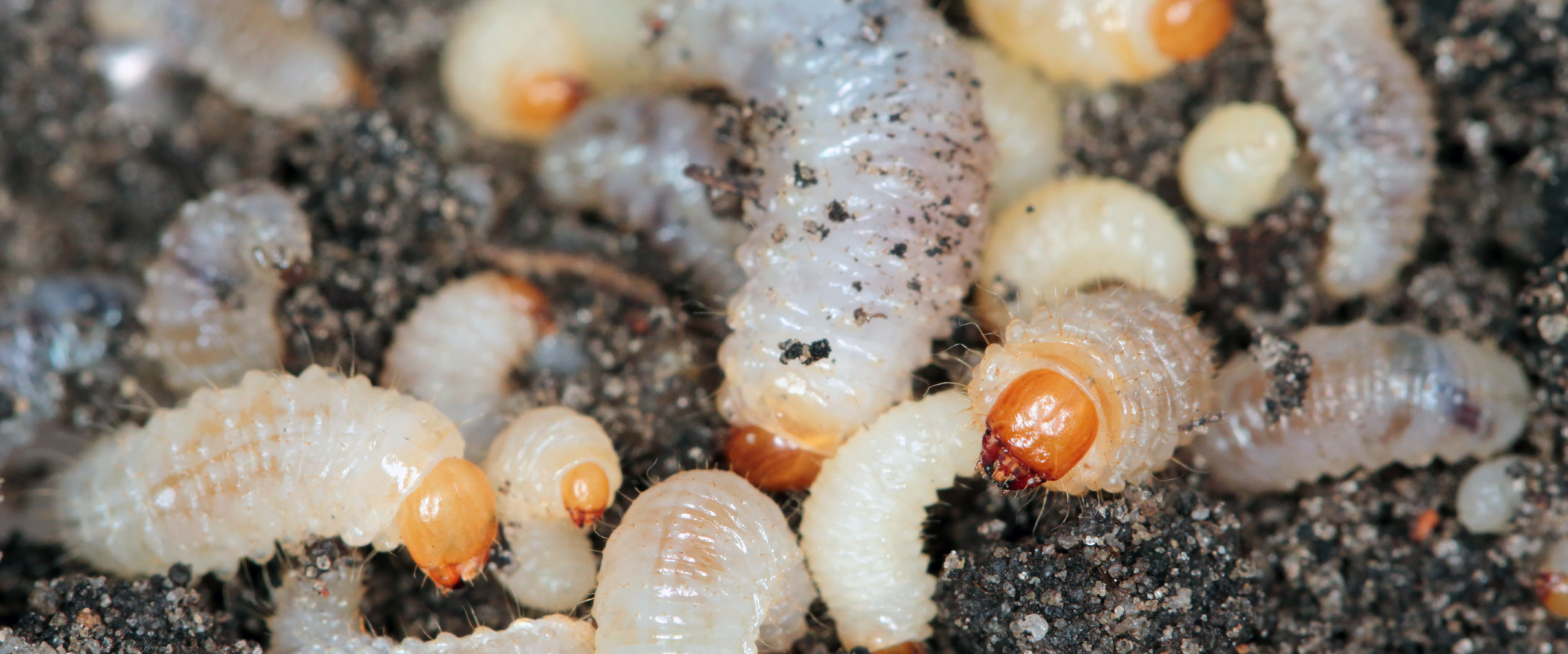The raspberry weevil (Aegorhinus superciliosus) also known as the cabrito del frambueso (in Spanish) is native to South America. A large curculionid, the adults measure 15-20 mm, their body is black with three transverse white stripes on the back, from one side of the elytra to the other. Unlike other curculionids, the face is directed downwards and not forwards. The back of the body is dark gray to black, rough and sclerotized. The legs are black, long, strong, with well-developed tarsi, the last elongated with two terminal nails which help them to climb the trees to feed on young foliage. The male is smaller and narrower than the female. Reproduction is sexual and the oval, creamy white-yellowish eggs are deposited in cracks in the trunk or attached to the ground covered by a mucilaginous substance that protects them from drying out and from predators. The larval development takes place at the trunk level and inside the roots of the host plants. Apodous, creamy white, recently emerged larva measures 0.15 cm and fully developed around 2.0 cm. Pupae are creamy white and have short brown setae, like spines.
Damage
The adults feed on the foliage while the larvae feed on the roots. In deciduous fruit trees, adults feed on young shoots or new foliage at night. Leaf damage symptoms usually consist of notched or serrated edges with a jagged appearance. The larvae do the real damage: the young larvae chew through the rootlets, while the older larvae surround the lateral roots. Root damage results in poor and stunted growth, as damaged roots are unable to absorb water and nutrients efficiently. Plants with severely damaged roots may die during periods of drought or the root system may be predisposed to fungal infection.
There are specific natural enemies for weevils.
For more information contact your local BioBee field agent.








